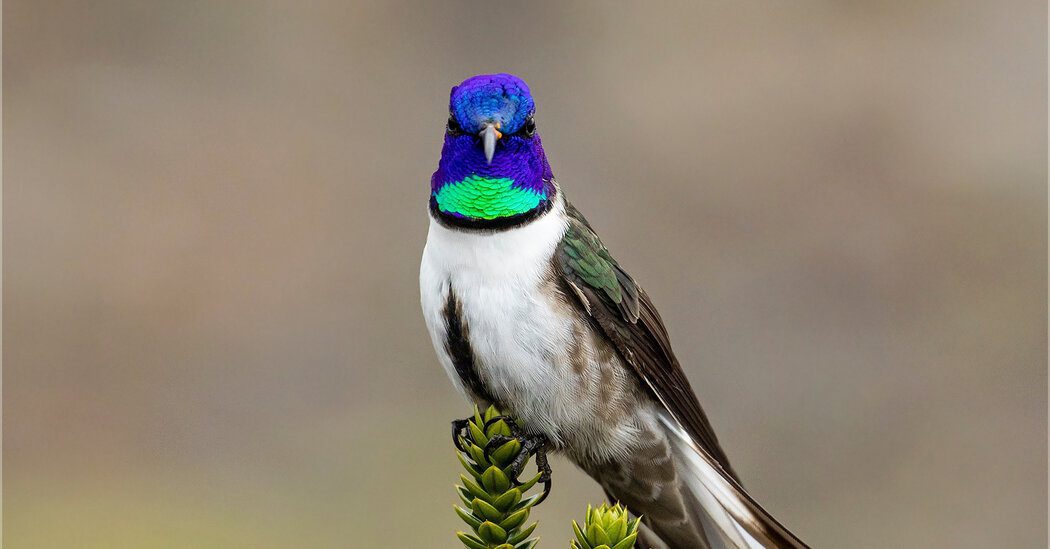

Hummingbirds, while small and graceful, are renowned for their aggressive nature, particularly towards their own kind. These tiny birds fiercely defend their territories, engaging in high-speed aerial encounters, fierce divebombs, and beak clashes to protect their feeding grounds or mates.
During a birdwatching expedition in Ecuador’s High Andes, ornithologist and bird guide Gustavo Cañas-Valle made an astonishing discovery: he encountered a cave teeming with hummingbirds nesting and roosting close together. This peculiar sight led him to exclaim, “I thought, ‘This looks like a colony.’ They resembled bees.”
Cañas-Valle observed 23 adult Chimborazo hillstars, along with four chicks of the subspecies Oreotrochilus chimborazo chimborazo. His findings, documented in the journal Ornithology, suggest that this may represent the first recorded instance of hummingbirds nesting and roosting in a communal setting. Remarkably, their simultaneous nesting and roosting behaviors occurred in the same location—an unusual behavior among most bird species, even those that are highly social.
Juan Luis Bouzat, an evolutionary geneticist at Bowling Green State University and Cañas-Valle’s former graduate adviser, noted that this finding prompts intriguing questions regarding how environmental conditions can influence communal living and the evolution of social traits. Initially, Bouzat and Cañas-Valle theorized that the harsh climatic conditions surrounding Chimborazo volcano, where the nests were found, could have driven the birds to congregate. Living over 12,000 feet above sea level on a barren slope, these hummingbirds face challenges in finding nectar-rich flowers, water, and shelter from cold temperatures and strong winds.








